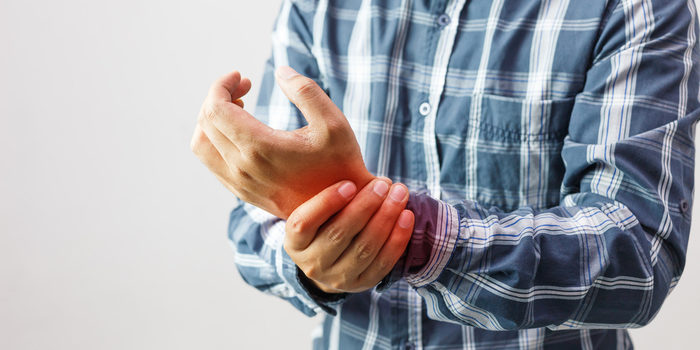

What is Rheumatoid Arthritis?
HealthLifestyle September 9, 2020 Kristian Wilson

Rheumatoid arthritis is a commonly-occurring autoimmune disorder that often occurs in older patients. RA is caused by the body’s own immune system mistakenly attacking its own tissues and resulting in inflammation.
In particular, RA attacks the lining of the joints, resulting in stiffness, soreness and joint pain.
What is Rheumatoid Arthritis?
Arthritis Overview
Generally speaking, the term arthritis refers to soreness in the joints. There are two major types of arthritis: rheumatoid arthritis and osteoarthritis. Osteoarthritis is caused by repetitive motion and wear-and-tear. Generally speaking, osteoarthritis can be predicted by a patient’s life history, such as the type of work they perform.
Rheumatoid arthritis, on the other hand, is an autoimmune disorder and has nothing to do with prior wear and tear. RA can occur in otherwise healthy individuals and cause severe discomfort, joint pain and stiffness.
Causes
It’s largely thought that the disease has a genetic component. That’s not to say that the disease spontaneously occurs in patients, though. Typically, something occurs that triggers the disease’s onset. Namely, a few types of viral infection or bacterial diseases, can cause the body to kick on the processes that bring on RA.
In layman’s terms, RA occurs when the immune system attacks the lining of the body’s joints. This causes the lining to thicken, which results in the cartilage and bone within the joint being stressed. Over time, the bone and cartilage will be destroyed, putting stress on the ligaments and tendons that hold the joint together.
Symptoms
Common symptoms of RA include joint stiffness, tender and swollen joints and loss of appetite. Other symptoms could include fatigue, fever and damage of other parts of the body as the disease progresses. Joint stiffness in RA patients tends to be stronger in the mornings after sleeping or after periods of inactivity.
Progression
Generally speaking, RA first manifests in the smaller joints, such as fingers, wrists, ankles and toes. However, as the disease spreads and progressively becomes worse, it will manifest in the shoulders, knees, elbows and hips.
RA is what is referred to as a progressive disease. There is no cure for the condition, and it will progress indefinitely until the end of the patient’s life. While treatments exist that can slow the disease’s progress, none of these treatments will completely halt it.
Treatments
Common treatments for RA include medications, exercise, dietary changes and physical therapy. Generally speaking, when addressed soon enough, the disease can be slowed dramatically. Physical therapy, when combined with the right diet and medications, can slow the disease by a large margin.










